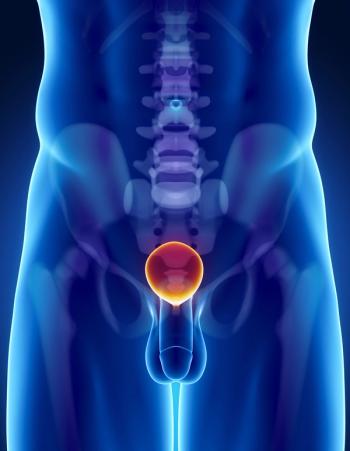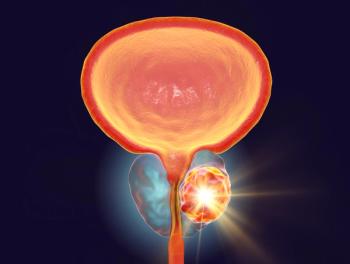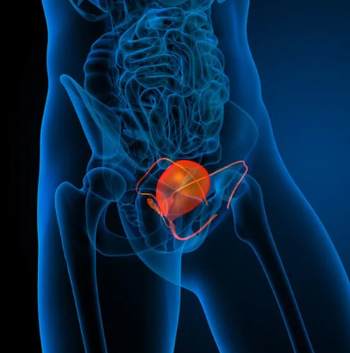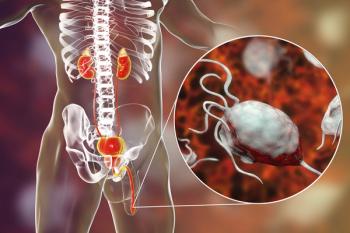
- ONCOLOGY Vol 11 No 8
- Volume 11
- Issue 8
PSA Nadir Levels After Radiotherapy for Prostate Cancer: A Powerful Prognostic Variable
A prostate-specific antigen (PSA) nadir level of up to 1 ng/mL after three-dimensional conformal radiotherapy for patients with localized prostate cancer is a powerful prognostic variable, according to Dr. Michael Zelefsky of the Department of
A prostate-specific antigen (PSA) nadir level of up to 1 ng/mL afterthree-dimensional conformal radiotherapy for patients with localized prostatecancer is a powerful prognostic variable, according to Dr. Michael Zelefskyof the Department of Radiation Oncology at Memorial Sloan-Kettering CancerCenter in New York City. In addition, such levels impact upon PSA relapse-freesurvival and predict local control.
A total of 743 patients with localized prostate cancer were treatedat the Memorial-Sloan Kettering Cancer Center with conformal radiotherapy.To analyze the impact of PSA nadir after therapy, 530 patients were studiedwho did not receive neoadjuvant hormonal therapy as part of their treatment.Of these 530 patients, 40% had stage T2C or T3 prostate cancer and theremaining 60% had stage T1 through T2B. The median follow-up was 27 months.The breakdown of pretreatment PSA levels follows: 45% of patients had PSAlevels of between 1 and 10 ng/mL; 31% of patients had PSA levels of between10 and 20 ng/mL; and 24% of patients had PSA levels of higher than 20 ng/mL.
The variables that predict PSA relapse were evaluated. Although thedefinition of PSA relapse used in this study was two consecutive PSA levelrises from the nadir levels, the investigators are readjusting this definitionto three consecutive rising PSA levels above the nadir value, based onthe modification proposed at the San Antonio Consensus Conference. Althoughthree variables--a PSA level higher than 10 ng/mL, a Gleason score of atleast 7, and clinical stage T3 disease--were found to be predictive ofPSA relapse, the PSA nadir level was the strongest predictor, overshadowingthe significance of the pretreatment PSA level.
Regarding PSA relapse-free survival based on PSA nadir levels, a dramaticdifference was seen between patients who achieved PSA nadir levels of upto 1 ng/mL and patients who achieved PSA nadir levels of higher than 1ng/mL; 93% of patients with PSA nadir levels of between 0 and 0.4 ng/mLafter radiotherapy had PSA relapse-free survival at 3 years, compared with81% of patients with PSA nadir levels of between 0.5 and 1.0 ng/mL.
In addition to pretreatment PSA levels of up to 10 ng/mL and the stageof disease, radiation doses of 75.6 Gy and higher significantly increasedthe likelihood of achieving PSA nadir levels 1 or less ng/mL. Furthermore,patients with PSA nadir levels of 1 or less ng/mL had a significantly lowerpositive biopsy rate after treatment than did patients with higher PSAnadir values. Based on the biopsy data obtained after radiotherapy, PSAnadir levels 1or less ng/mL with a nonrising PSA level profile appearsto be the most predictive variable of local tumor control.
Articles in this issue
over 28 years ago
Can We Make Low-Fat Foods More Palatable?over 28 years ago
The Prostate Cancer Intervention Versus Observation Trial (PIVOT)over 28 years ago
Practical Tips for Caring for HIV/AIDS Patientsover 28 years ago
The Role of Exercise in the Prevention and Treatment of Cancerover 28 years ago
Pap Smear RefinedNewsletter
Stay up to date on recent advances in the multidisciplinary approach to cancer.


















































































